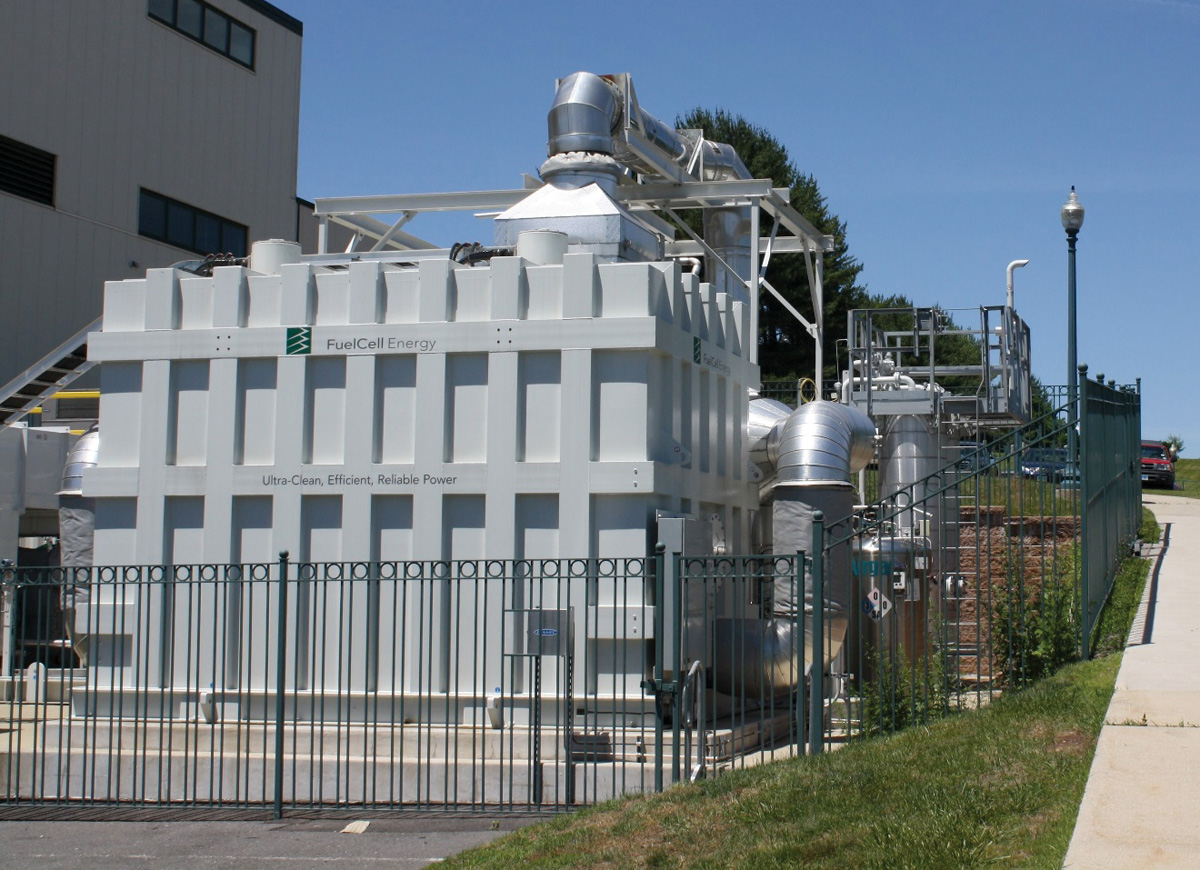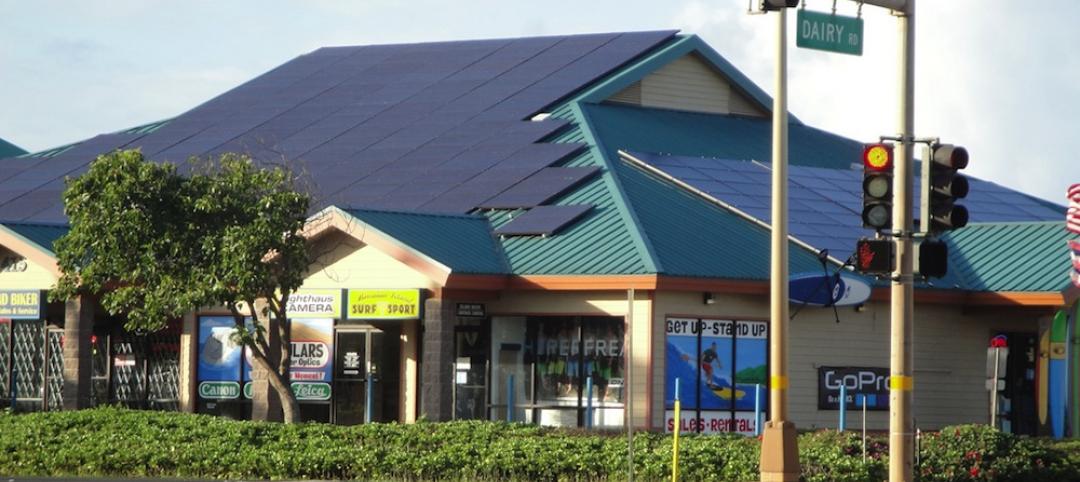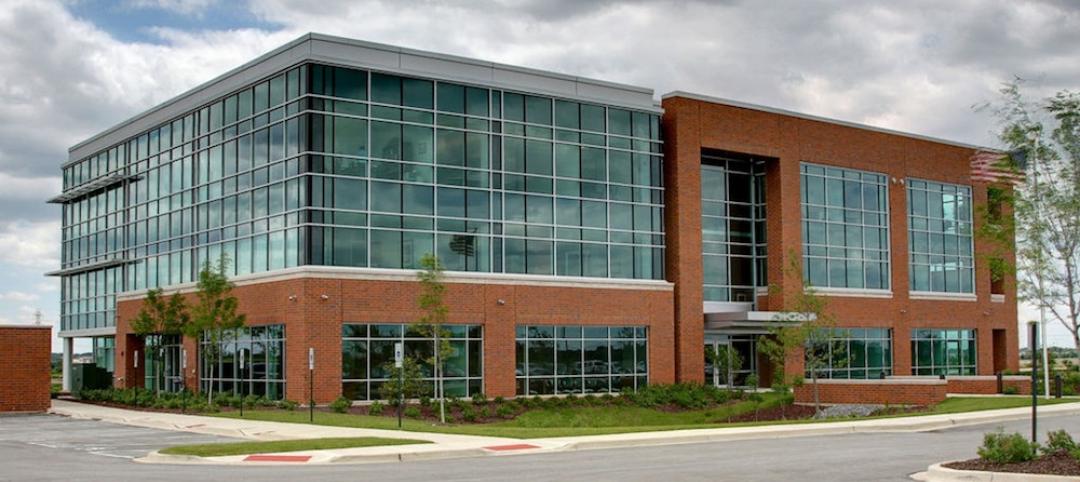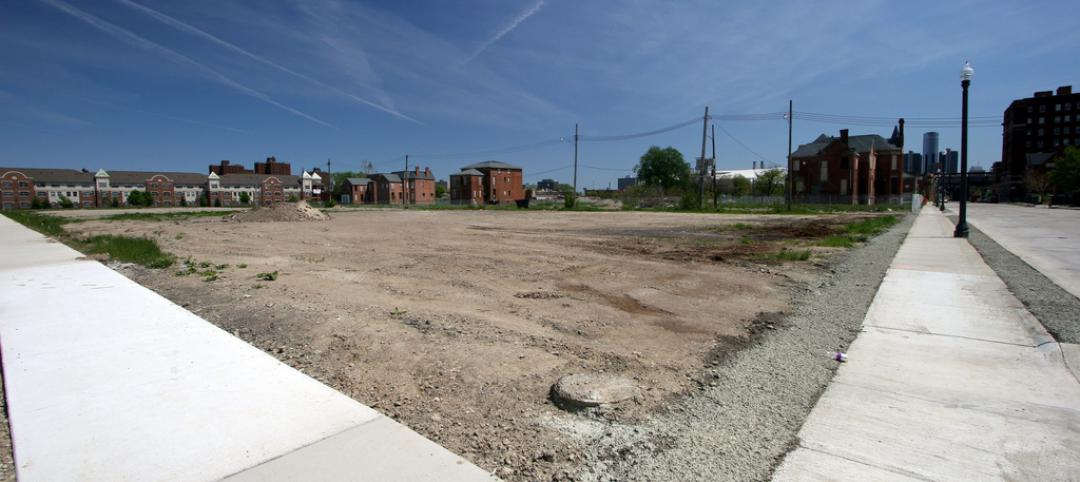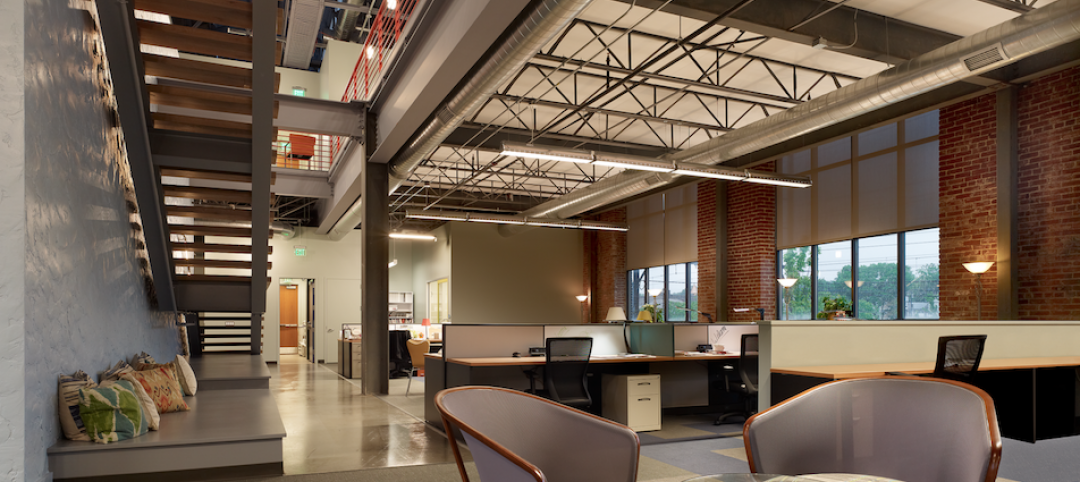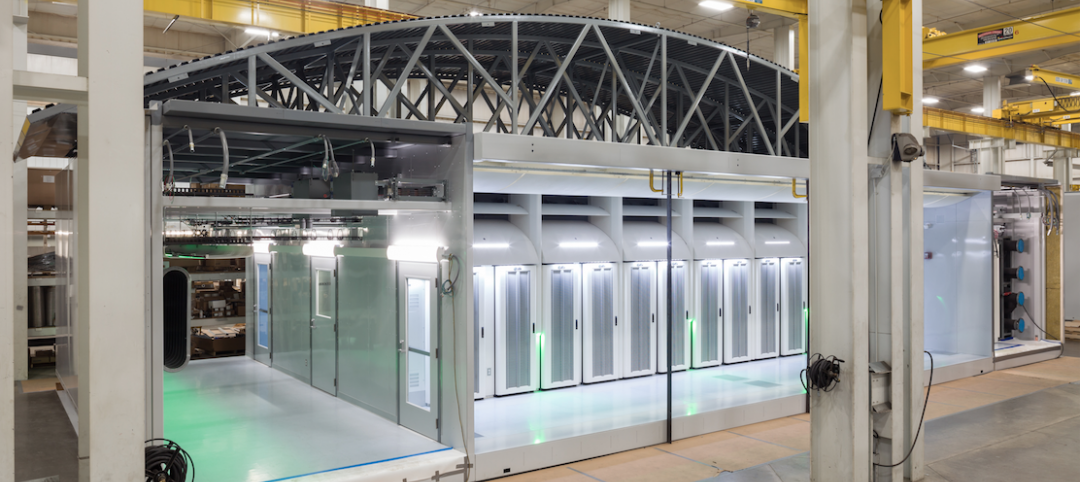Fuel cells have emerged as a small but potentially significant piece of the world’s energy puzzle. The U.S. Department of Energy estimated worldwide fuel cell system sales in 2013 at $1.3 billion, the first time the billion-dollar mark had been topped. Stationary power systems with an aggregate capacity of 150 MW were shipped in 2013, a 24% increase over the previous year.
Selling fuel cell power generation remains a tough business. One leading provider-installer-operator, FuelCell Energy Inc. (www.fuelcellenergy.com), stated in its 2014 annual report that its two biggest challenges to growth are reducing the total cost of fuel cells and getting major energy consumers to see the value that fuel-cell technology offers. The company reported net losses in each of its last five fiscal years.
FuelCell Energy is no Johnny-come-lately to this technology. Founded in 1969, the company has installed more than 100 plants operating at more than 50 sites in nine countries. A year ago, it entered into an agreement to install a 1.4-MW fuel cell plant that will provide about 30% of the power needs for the University of California Irvine Medical Center. Because that power will be generated without combustion, its exhaust will be virtually pollution free.
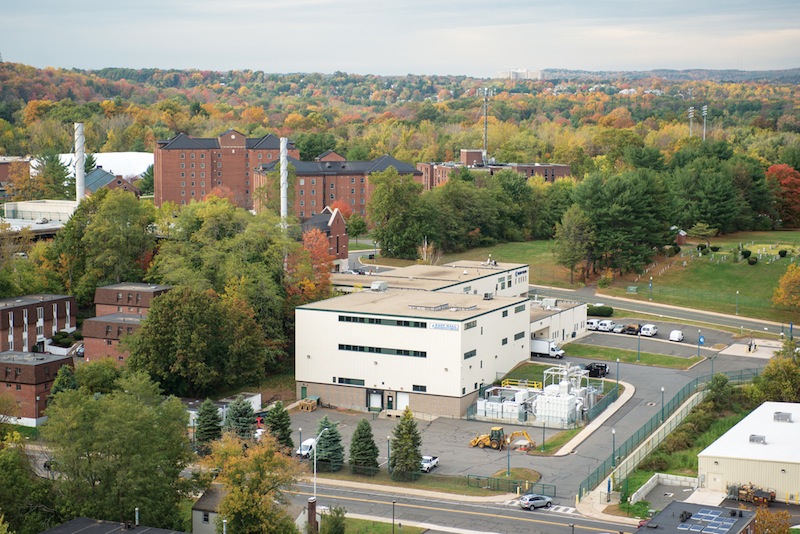 The fuel cell contributes to the site’s energy security, resiliency, and sustainability. Photo courtesy FuelCell Energy
The fuel cell contributes to the site’s energy security, resiliency, and sustainability. Photo courtesy FuelCell Energy
Last November, Microsoft dedicated its $7.6 million zero-carbon data center in Cheyenne, Wyo. The facility draws power from a stationary fuel cell plant that converts biogas from a nearby municipal wastewater treatment facility into electricity. Microsoft, FuelCell Energy, and Siemens engineered and installed the power monitoring equipment for the data center.
Eighteen months ago, FuelCell Energy installed one of its 1.4-MW DFC1500 fuel cell power plants at Central Connecticut State University, in New Britain. The plant’s owner, Greenwood Energy, sells electricity and heat to CCSU under a long-term power purchase agreement. This is Greenwood’s first energy project with FuelCell Energy.
The plant integrates directly into the college’s existing energy infrastructure in a combined heat and power configuration. Rob Gagne, CCSU’s Plant Facilities Manager, says that the heat from the fuel cell plant produces 1,600–2,000 pounds of steam per hour. The steam is circulated across the 165-acre campus through a tunnel network and is used for heating and absorption cooling.
The plant provides about one-third of the 3,500–4,000 kw the university’s 40 buildings consume and cuts its annual electric power costs by $100,000.
Related Stories
Green | Feb 1, 2016
Supreme Court ruling on demand response expected to benefit smart grid
Ruling allows PV owners and other small energy generators to continue to be paid wholesale rates for power they generate.
Green | Jan 29, 2016
USGBC names top 10 states for LEED green building
Illinois leads the list for the third straight year.
Green | Jan 4, 2016
Florida lagging on development of green roofs
Florida lagging on development of green roofs.
Green | Dec 23, 2015
Austin, Texas mandates construction recycling
Projects larger than 5,000 sf must recycle or salvage at least half of their trash.
Green | Dec 15, 2015
USGBC aims to scaling LEED buildings to 5 billion sf in five years
Plan revealed at UN climate conference.
Green | Dec 13, 2015
Detroit plans massive effort to convert vacant properties to green spaces
Effort aims to improve property values, city life.
Greenbuild Report | Dec 10, 2015
AASHE’s STARS tool highlights the university sector’s holistic approach to sustainability
Buzzwords like “living lab” and “experiential learning” are indicative of the trend toward more holistic sustainability programs that incorporate all facets of college life.
Greenbuild Report | Dec 8, 2015
Is ‘green’ still a selling point in the office sector?
Some developers are missing an opportunity by downplaying sustainability at a time when demand for such features is palpable among lessee firms who are trying to attract younger workers.
Greenbuild Report | Dec 1, 2015
Data centers turn to alternative power sources, new heat controls and UPS systems
Data centers account for 2% of the nation’s electricity consumption and about 30% of the power used annually by the economy’s information and communications technology sector, according to the National Renewable Energy Laboratory.
Greenbuild Report | Nov 30, 2015
10 megatrends shaping the future of green building
Increased competition among green building rating systems, the rise of net-zero buildings, and a sharper focus on existing structures are among the trends that will drive sustainability through 2020, according to author and green building expert Jerry Yudelson.


